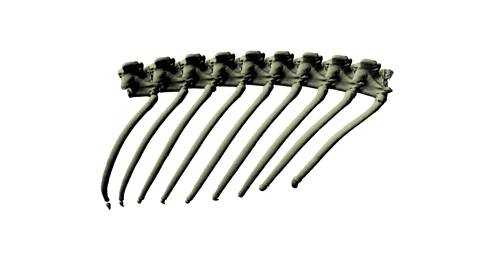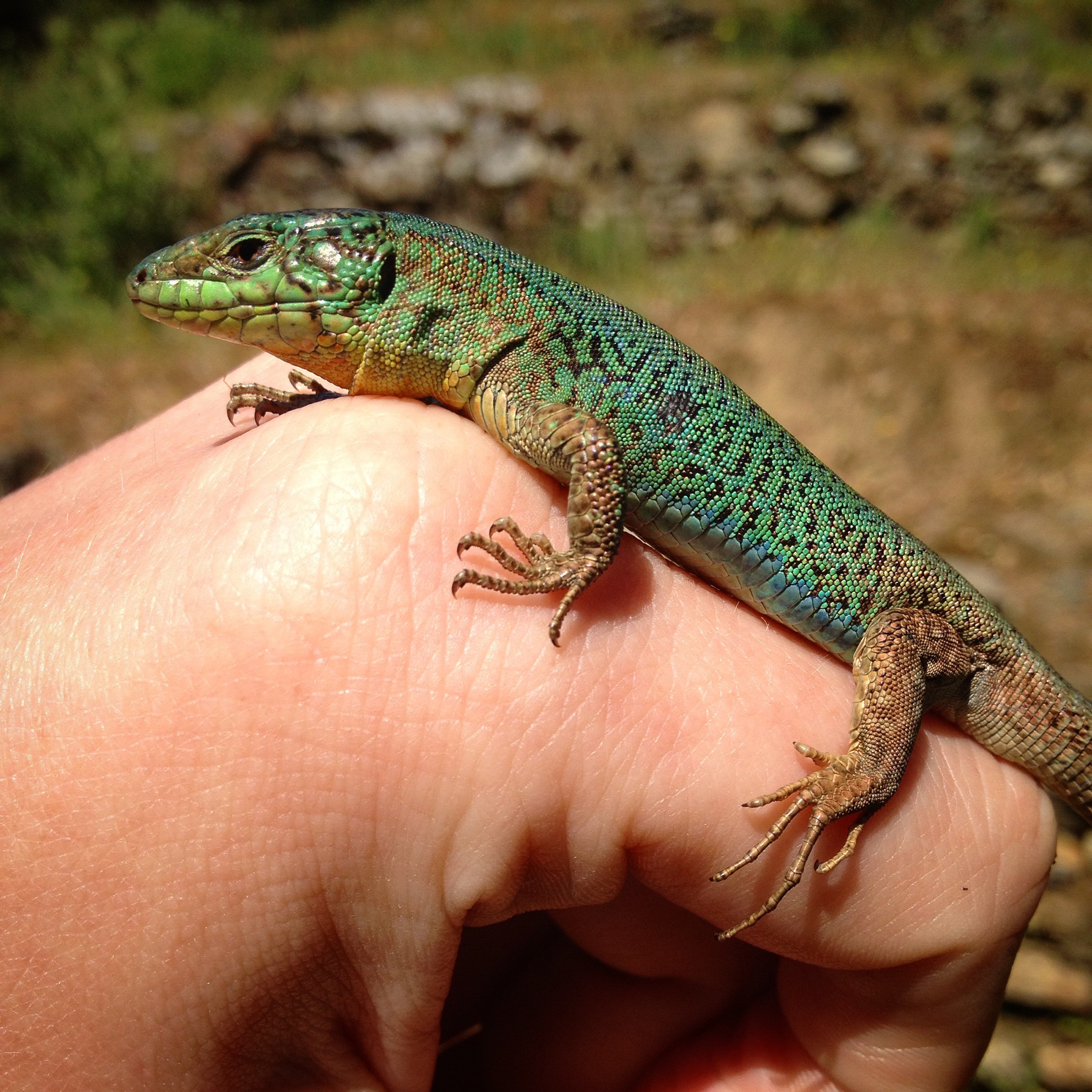The evolutionary clade and biodiversity of green lizards of the genera Lacerta and Timon —reptiles common in the Mediterranean basin and surrounding areas of the European continent, North Africa and Asia— have never been studied in detail from the perspective of historical biogeography.
Tag: Lizards
Tiny Limbs and Long Bodies: Coordinating Lizard Locomotion
Using biological experiments, robot models, and a geometric theory of locomotion, researchers at the Georgia Institute of Technology investigated how and why intermediate lizard species, with their elongated bodies and short limbs, might use their bodies to move. They uncovered the existence of a previously unknown spectrum of body movements in lizards, revealing a continuum of locomotion dynamics between lizardlike and snakelike movements.
If I never knew you: Australian reptiles highlight urgent need for taxonomic research in the fight against biodiversity loss
New research published in PLOS Biology emphasizes the importance of prioritizing taxonomic research in conservation, with biodiversity loss greater than realized due to the high number of unknown and undocumented species. Jane Melville, senior curator of terrestrial vertebrates at Museums Victoria and associate professor in the School of Biological Sciences at Monash University, led the collaborative research effort as part of a Fulbright Fellowship at Washington University in St.

What cold lizards in Miami can tell us about climate change resilience
It was raining iguanas on a sunny morning. Biologist James Stroud’s phone started buzzing early on Jan. 22. A friend who was bicycling to work past the white sands and palm tree edges of Key Biscayne, an island town south of Miami, sent Stroud a picture of a 2-foot-long lizard splayed out on its back. With its feet in the air, the iguana took up most of the sidewalk.

Ribs evolved for movement first, then co-opted for breathing
A major transformation in vertebrate evolution took place when breathing shifted from being driven by head and throat muscles—like in fish and frogs—to the torso—like in reptiles and mammals. But what caused the shift? A new study posits that the intermediate step was locomotion—the mechanics follow the same pattern as inhalation and exhalation.

Lizards develop new ‘love language’
Relocated in small groups to experimental islands, lizards rapidly and repeatedly developed new chemical signals for communicating with each other. Free from the risk of predators and intent to attract potential mates, male lizards produce a novel chemical calling card, according to research from Washington University in St. Louis.